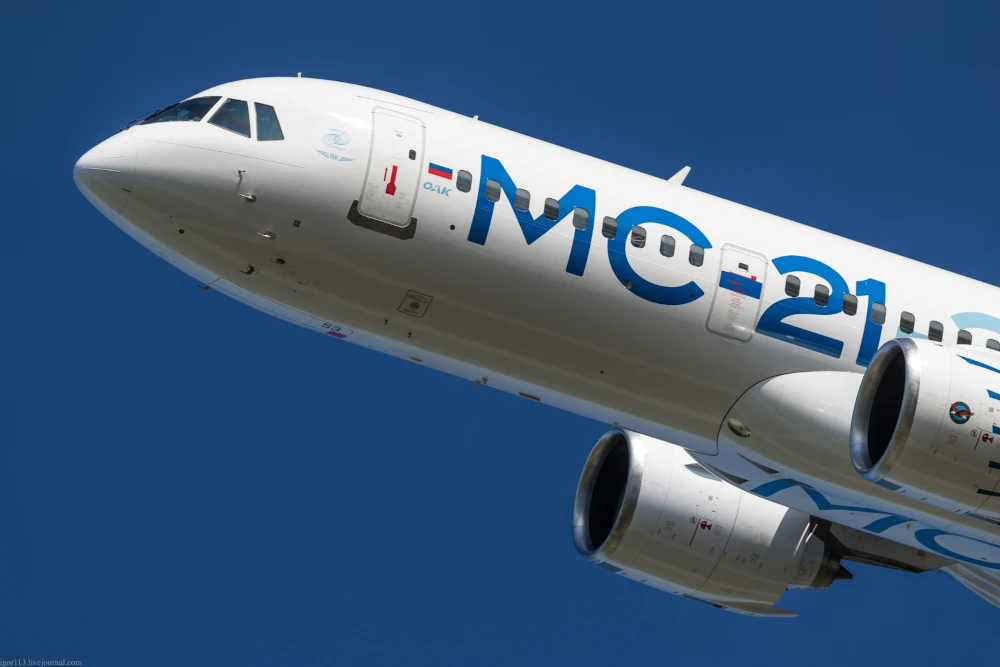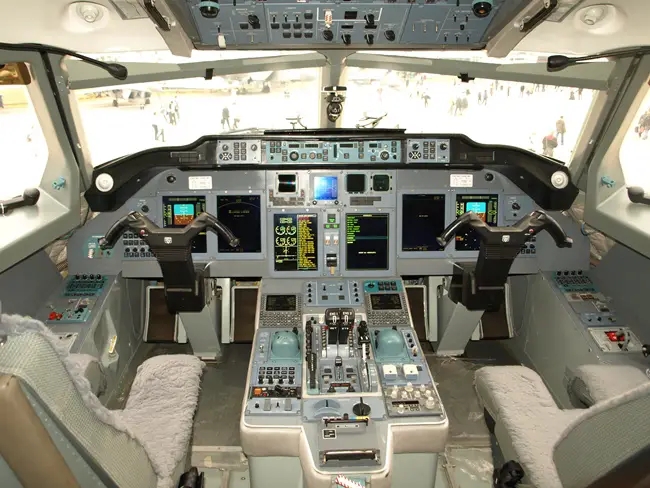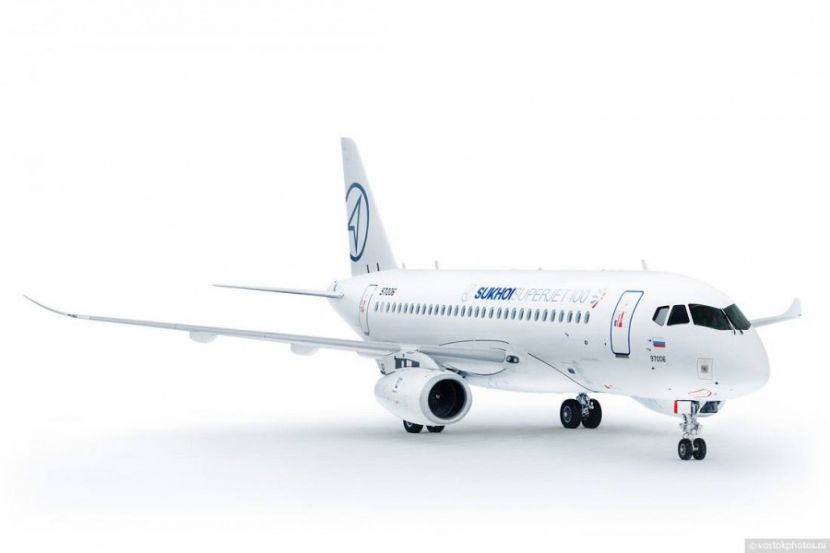On February 28, the world’s largest aircraft manufacturers Boeing and Airbus announced the termination of cooperation with Russia and closed their offices due to the U.S. and European sanctions on Russia. And this means that Boeing and Airbus aircraft operated by Russian airlines are left without maintenance and spare parts.
Boeing and Airbus aircraft make up a significant proportion of the entire Russian fleet. Of the total number of civil aviation aircraft in Russia, 332 are manufactured by Boeing and 304 by Airbus.
Following this unprecedented step, Western leasing companies cancelled contracts with Russian airlines and demanded that the leased planes be returned.
About 777 out of 980 Russian passenger planes are leased. Most of the aircraft used by Russia is owned by Ireland-based leasing company AerCap (AER.N) and US-based Air Lease (AL.N).
Almost all Russian passenger aircraft have contracts with Western insurance companies that have cancelled contracts with Russian companies. It doesn’t matter if the plane is rented or not; Boeing or Airbus planes and Russian-made liners will not be able to take off without insurance. Flights without insurance are prohibited.

Russian President Vladimir Putin signed a law amending the Air Code of the Russian Federation to save Russia’s civil aviation.
As per the document, now Russian carriers can register the rights to foreign aircraft they have on lease. The airworthiness certificates for these aircraft will now also be issued by Russian companies.
Many foreign lessors have taken away their aircraft from Russia. If the trend persists, Russia may decide to nationalise these foreign aircraft. Russia can also open cabotage to foreign airlines, meaning foreign airlines can transport passengers and goods within Russia. These are short term measures, and in the long haul, Russia will have to find alternatives to sanctions or even if sanctions are lifted, Russia may look to protect its turf in the future.
Import substitution
Russia has been long working on aircraft ‘importozamecsheniye’ or import substitution.
The oldest and largest Russian carrier Rossiya Airlines has announced the launch of an international hub in Sochi, from where the airline plans to operate its Sukhoi Superjet 100’s to Kazakhstan, Turkey, Egypt, Iran, Uzbekistan, Azerbaijan, Armenia, Kyrgyzstan and Israel. The airline operates a fleet of 68 Sukhoi Superjet 100-95B or the SSJ100 and 33 are on order.
Russia plans to start serial production of SuperJet’s and Irkut MC-21 consisting entirely of domestic components. The certification of the first PD-8 turbofan engine on updated SSJ-NEW may be completed this year. The United Aircraft Corporation KLA and the United Engine Corporation (UEC) is speeding up this work. So, an entirely Russian civilian Sukhoi aircraft may be available by the end of 2023. Russia plans to replace all foreign parts by 2025, but it will not be easy. But there may be a way out.
The onboard equipment of the long-certified Tu-204SM is fairly decent. The Russians feel that it would be possible to adapt it for an aircraft of a similar dimension quickly. Earlier, the Irkut Corporation focused on foreign system suppliers because they had good products and were certified according to international requirements. It meant that Irkut aeroplanes automatically gained access to the world market. Now it is not a priority. It is possible that the Tu-204SM systems can be quickly adapted for the MC-21.

Gorbunov Kazan Aviation Plant now has the opportunity to produce the almost unused medium-haul Tu-204 and Tu-214. The plant can theoretically start mass production this year. Since it is labour intensive, the plant may not be able to produce volumes like that of MC-21.
Not just labour, the purchase of metal, components orders, onboard radio and electronic equipment etc., takes time. When Tu-204 and Tu-214 were mass-produced, an assembly cycle of 10-12 months was possible. Currently, Kazan and Aviastar-SP in Ulyanovsk are busy. But, these plants can churn out a couple of planes per year, and in the long term, they can increase the pace and assembly. These aircraft factories do not have modern production lines, and there is not much production automation.
Russians can also bring parked and properly mothballed aircraft back to operation at a minimal cost. The production reserve at the Aviastar plant can be completed without stopping the SSJ-New and MC-21 production.
Russia does not need many long range airliners
In the long-haul segment, the Voronezh Joint-Stock Aircraft Building Company (VASO) is building Il-96-300. Last year, Deputy Prime Minister Yury Borisov said that four Il-96-300’s were in production at the plant in Voronezh in varying degrees of readiness. He said Russia plans to speed up work on the Il-96-400M, a modernised airliner version. But, Russia will not need many aircraft of this type soon.
Tupolev’s and Ilyushin’s were avoided by airliners due to their high fuel consumption resulting in a high cost of operation. But now, it appears that Russia might need every aeroplane it considers as ‘flyable’.
Russian built Commercial Airliners have a domestic advantage
By 2018, the western-made passenger aircraft dominated the long-haul fleet of Russian airlines, and their share in commercial transportation had long reached almost 100%. In the long range, Il-96 flies only with Rossiya Airlines, and Il-62M – in the jurisdiction of the Ministry of Defense. In 2019, Red Wings decommissioned six Tu-204s medium-haul passenger aircraft. Barring Alrosa Tu-154M, they were the only domestic-made airliner remaining.

Russian built Airliners have an advantage in regional or short-haul aviation. The Western jet and turboprop do not currently exceed one third of the Russian fleet. The situation is similar in cargo aviation, where foreign built aircraft form 33.8% of the Russian fleet. In the regional aircraft segment, the deliveries of new Russian-made aircraft have begun in the past few years. By 2019, the regional short-haul airlines operated 97 superJets and five An-148s, making up almost half (46.2%) of all class aircraft in Russia.
By 2025, the domestic aviation industry, with state support, will start deliveries to Russian made airlines of the new regional Il-114-300 turboprops and the upgraded long-haul wide-body Il-96-400M. Il-114-300 will replace An-24, which is being decommissioned due to the end of life. The new Il-96-400M will be equipped with modernised avionics, a modern interior and four PS-90A1 engines.
The deliveries of the short-medium haul passenger aircraft of the new generation MC-21-300 were delayed due to COVID-19 but are expected in the immediate future. About 200 MC-21-300’s are on order. MC-21 is set to break the monopoly of foreign built airliners on medium-haul routes.
